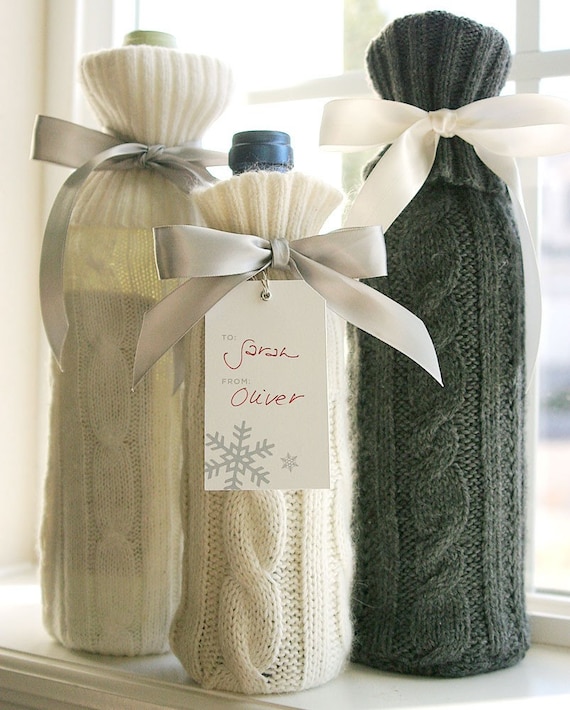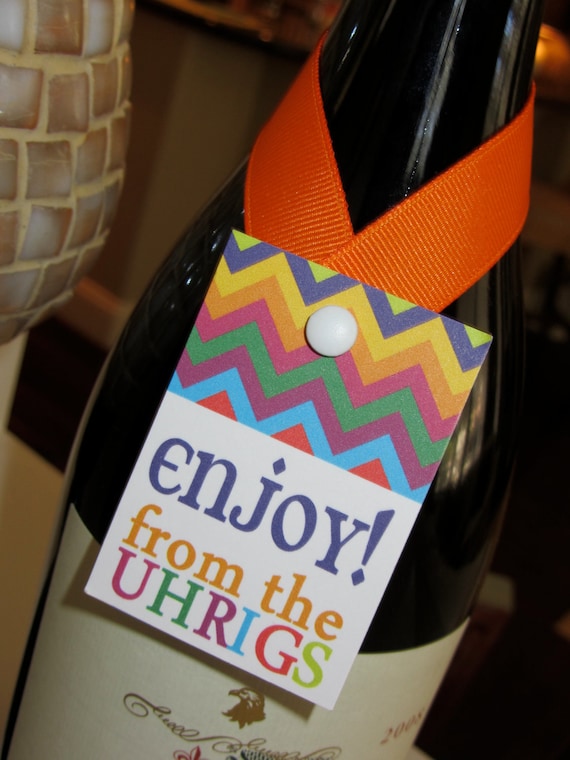Organizing a wedding can be a stressful time for most people. Choosing wines for a wedding can add to that stress as it can be tricky! What you usually like to drink may not be what the rest of your guests prefer – let alone be within your budget!
Here are a few tips on how to choose the perfect wines for the day:
Wines for pre-dinner cocktails:
Bubbly wines are very popular for any celebration, especially weddings! Champagnes are the most famous of them all, but they are fairly expensive and may take up a big chunk of your budget. As an alternative you can go with a very nice Cava (from Spain) or Prosecco (Italy). Their quality can be very similar. In fact, the only difference is that they are half the price.
Alternatively, Rosé wines are a great way to start a party, and save the bubblies which are great for desserts or the after-party.
Selecting the mix:
Do not over-complicate things; choose one wine of each type (white, reds) for the dinner. It's not necessary to try and match every single dish with different wines.
Selecting your dinner’s wines:
Try to find wines which will please a wide range of people, without being too generic. Unless you are willing to spend some time explaining the wines to your guests, it may not be advisable to choose something too ‘geeky’ with unknown grapes varietals. Instead stick to more ‘classic’ types like Sauvignon Blanc or Chardonnay for whites, and Shiraz or Cabernet Sauvignon for reds.
Working with a Budget:
This will most likely be the most important part of your final wine selection decision! Wines in Malaysia are not very cheap, and weddings are already a costly affair. However, you shouldn’t choose your wines solely on whether they are the cheapest! You can most certainly find bottles around RM30 in Malaysia, but these are the cheapest, mass-produced wines in the market, and the quality is a fair gamble, that also comes along with a tougher side-effect (cheaper wines use more preservatives like Sulfur, which causes faster hangovers!).
If your budget is RM40-45, choose a wine from the New World (Australia, Chile) which usually offers easy-drinking good value wines in that range – easier than French for example.
If your budget is RM50-70 per bottle, you have a wide range to choose from! Between a nice South African, a rich Aussie Shiraz, a smooth Argentinean Malbec or a stylish French, you can pick your favorites without too much risk. You can serve more premium wines, but I don’t believe it is necessary as many people will actually prefer a more ‘simple’ wine than something overly complex!
How much to order:
This is always a tricky question. A safe bet would be 1 bottle for 2-3 people, but there are some variables. You should ask yourself a few questions:
- At what time will my event start and how long will it last? The longer the cocktail/dinner/party, the more wines you will need
- What other alcohol are you serving? – If you also offer beers and spirits, you may need less wines
- How many people from your party actually drink wines? Maybe you do not need to include everyone in your total. However, it is better to have a little extra wine than not enough – ordering 1 or 2 cases on top of your estimated number will prevent any eventuality. And you can have some of your ‘wedding wines’ to enjoy for the next few months!
Ultimately it is most important that you and your guest have a good time, good food, and good wines! Plan for your wines a few weeks before the big day as it is an easy box to tick on your do-list!
Let us help you pick out your wines!
All you have to do is fill in this
form (even if you don't have most of your details figured out), and one of our wedding wine experts will be in contact with you to have a chat!








.jpg)



